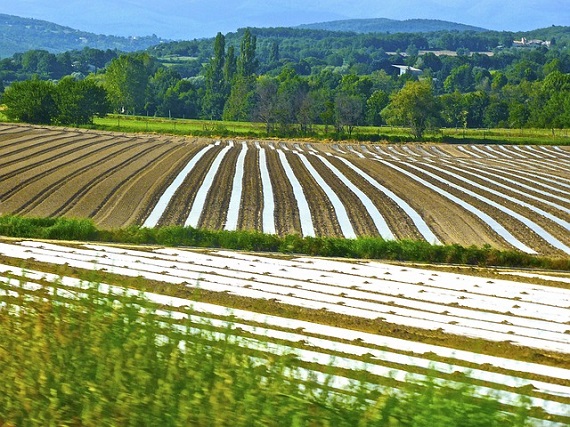


Australia's most comprehensive organic and natural directory
Blog / Industry News
23 Nov 2016Organic Farming vs Biodynamic Farming

Organic farming is a well-known concept and many people are familiar with the benefits of organic foods. However, biodynamic farming is something that many people may have heard about but most do not understand what it means or how it differs to organic farming.
The truth is that there are far more similarities than differences between organic farming and biodynamic farming. Both forms of farming seek to ensure the health of the environment, the animals, the workers and crops, and to avoid the use of chemical pesticides, herbicides, hormones and GMOs. They aim to produce food that is high in nutritional content and has not been contaminated by synthetic chemicals or hormones.
In both organic and biodynamic farming crop rotation is an important practice. It involves growing a different crop each year, for example a crop that grows close to the surface is farmed one year, and the following year it will be a crop that grows deep in the ground. This ensures that nutrients are draw from different levels of soil and not one layer repeatedly.
The difference comes in the fact that biodynamic farming is a much stricter practice that sees the farm as one single organism that integrates all systems and has no need for outside input. A biodynamic farm is a self sufficient system that must produce all its needs on the premise, including organic feed for livestock, natural pesticides, natural fertilisers and many other things. It is a holistic method that takes the earth’s natural rhythms into account. For example, on a biodynamic farm fruit are only picked during a full moon because the gravitational pull makes the soil moister and the fruit is believed to be juicer and have more nutrients at this time.
Biodynamic farming emphasises “putting back in what you take out”, and one of the most important aspects is replenishing the soil with something from the harvest. For example, 20% of the fruit harvested will be worked back into the soil so that the next crop can benefit from those nutrients.
Whether you choose to eat organic or biodynamic food, or both, you can feel confident that the food is grown with care and respect for the health of the environment, the workers, the plants, animals and the consumers.
Sources
https://www.bellamysorganic.com.au/blog/what-is-the-difference-between-biodynamic-and-organic-farming/
http://www.organicwish.com/whats-the-difference-between-biodynamic-and-organic.html








